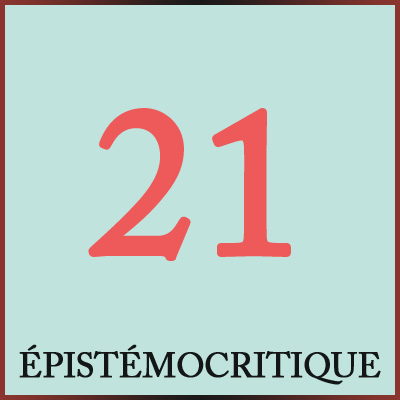7-Du “Storm Cloud” à Vertigo Sea L’art britannique au prisme de l’“angloseen”
L’intérêt de la contribution des humanités à la politisation de la crise climatique réside dans la façon dont elles ont rendu sensible un continuum entre nature et culture. Elles se sont pour cela appuyées sur certaines disciplines en particulier, dont la littérature et l’histoire, premiers instruments et objets d’une relecture environnementale de la culture. L’histoire de l’art, quant à elle, vient plus récemment de se saisir de cette même urgence : la nécessité d’adopter une approche écocritique. Dans ce contexte, l’art britannique offre un point de vue privilégié sur les origines industrielles du trouble. Les artistes britanniques furent en effet les premiers et les premières à représenter les effets d’un climat changeant, mais aussi à faire l’expérience professionnelle de points de vue modifiés par la pollution, par l’érosion du paysage, et plus généralement par le bouleversement du lien de l’humain à son environnement. Habitants et habitantes d’un Royaume qui s’est déployé sur des échelles variables allant de la nation à l’empire, ils et elles ont inauguré les mises en relation du planétaire et de l’infiniment petit. En avançant la proposition d’un concept intitulé « angloseen » permettant de synthétiser la notion géologique d’anglocène et les nouveaux modes d’attentions qu’elle nécessite, cet article s’applique à identifier les possibilités d’une démarche écocritique dans l’étude de l’art britannique, tout en confirmant la possibilité d’avoir une approche nationale de la question environnementale.

